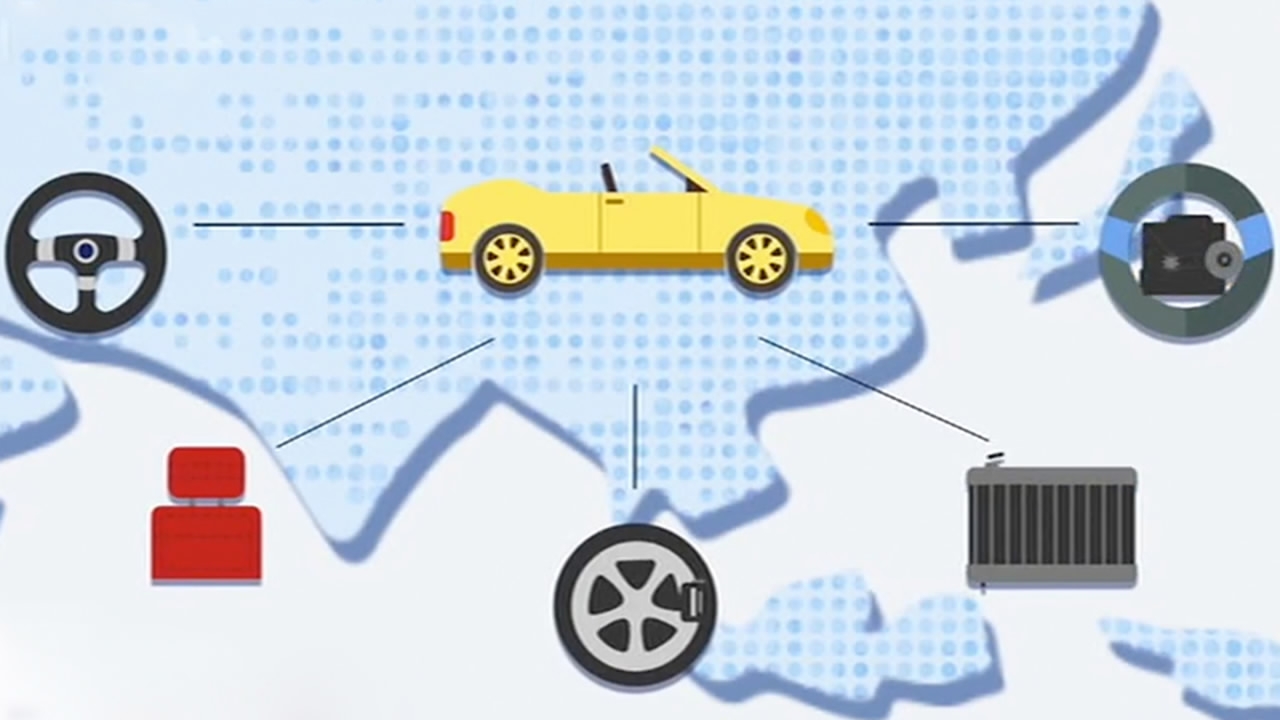
Business
10:37, 11-Apr-2018
Visions for the future: What you need to know about the global value chain
By Asia Today

Globalization has meant that as the world becomes more integrated, the production of goods and services generally involves more than one country.
The iPhone is a convenient example – its production includes its conception, design, sourcing of raw materials, marketing, distribution and its support to the final consumer. Unsurprisingly, most of the tasks in the production of the iPhone are finished in various countries across different continents. Meanwhile, its value is added at each phase. This is what economists call a global value chain.
The specific value added at each step is not easily quantified, however it is certain that Apple controls all the activities that adds more value than others, while outsourcing the tasks of lower value to countries where the cost is the lowest.
This explains the controversy surrounding the concept. Some hailed it as a great idea as it provides developing economies a chance to start industrialization. As many of them are lagging behind developed economies and need a platform to build critical links of industrial chain.
However, many contend that this business model exploits poorer countries. They also argue that outsourcing is unfair as it significantly hurt domestic employment.
As for China, it is intending to transform its development model and putting more emphasis on innovation. By doing so, it can climb the ladder and move up to high-value added activities.

SITEMAP
Copyright © 2018 CGTN. Beijing ICP prepared NO.16065310-3
Copyright © 2018 CGTN. Beijing ICP prepared NO.16065310-3